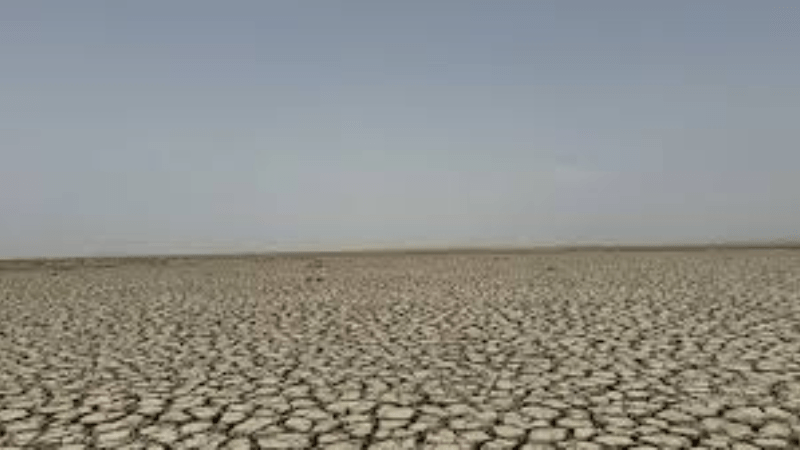Introduction
There are certain dates in the history of nations that are written not with ink, but with the blood and sacrifices of those who dared to dream of freedom. For Pakistan, 14 August 1947 is one such date — a day when an oppressed people broke the chains of colonial rule and carved out an independent homeland on the map of the world. It is the day when the Muslims of the Indian subcontinent saw the vision of a separate nation transform into reality, after decades of political struggle, emotional endurance, and countless sacrifices.
For every Pakistani, 14 August is more than a celebration; it is a reminder of our identity, our unity, and our shared responsibility to protect the freedom that was so hard-earned. It is indeed the Pride of the Nation — a day to honor the past, live the present with dignity, and commit to a brighter future.
Table of Contents
14 august – pride of the nation on youtube
The Background of the Struggle
The story of 14 august is rooted in the history of British colonialism in the Indian subcontinent. For nearly two centuries, the British exercised political, economic, and cultural dominance over the region. While Hindus and Muslims lived under the same imperial rule, their social, religious, and political needs were different. Over time, Muslims realized that they could not preserve their identity, values, and rights without political autonomy.

The demand for a separate homeland began to crystallize when Muslims faced under-representation in government, limited access to education, and economic marginalization. Leaders such as Sir Syed Ahmad Khan worked tirelessly to educate Muslims and awaken political consciousness among them. The formation of the All India Muslim League in 1906 gave a political voice to the Muslim community.
The Role of Allama Iqbal
One of the most influential voices in shaping the vision of Pakistan was Allama Muhammad Iqbal — the Poet of the East. In his famous Allahabad Address of 1930, Iqbal clearly articulated the idea of a separate Muslim state in north-western India. He envisioned a country where Muslims could live in accordance with the teachings of Islam, safeguard their cultural heritage, and thrive economically and socially.
Iqbal’s poetry and speeches stirred the hearts of millions. He inspired people to think beyond the constraints of colonial politics and to believe in the possibility of a free homeland. His dream would later be transformed into a concrete political demand by Quaid-e-Azam Muhammad Ali Jinnah.

The Leadership of Quaid-e-Azam
Quaid-e-Azam Muhammad Ali Jinnah is often called the Father of the Nation — and rightly so. His determination, integrity, and unshakable belief in the cause of Pakistan turned the movement into a disciplined, organized struggle. Jinnah stood firmly against the idea of a united India under Hindu-majority rule, emphasizing that Muslims were a separate nation with their own religion, culture, and way of life.
Through constitutional means, the Muslim League under Jinnah’s leadership negotiated with the British and opposed the Congress Party’s policies. The Pakistan Resolution of 1940, passed in Lahore, formally demanded independent states for Muslims in the north-western and eastern zones of India. This resolution became the political foundation for Pakistan’s creation.
The Road to Independence
The years following the Lahore Resolution were marked by intense political negotiations, mass rallies, and civil movements. World War II weakened the British Empire, and the demand for independence by both Hindus and Muslims became unstoppable. However, unity between the two communities was not possible due to fundamental religious and cultural differences.
The Cabinet Mission Plan failed to satisfy Muslim aspirations, and communal violence erupted across India. Partition became inevitable. On 14 August 1947, Pakistan was born — comprising West Pakistan (now Pakistan) and East Pakistan (now Bangladesh). The moment was celebrated with joy, but also marked by one of the largest migrations in human history. Millions crossed borders; many lost their homes, their loved ones, and even their lives.

The Symbolism of the Day
The green and white flag, hoisted for the first time, became the symbol of a new dawn and a new identity. The green color represented the Muslim majority, reflecting their struggles, sacrifices, and determination for independence, while the white strip symbolized the religious minorities of Pakistan, ensuring their rights, safety, and equal place in the new homeland. The crescent on the flag stood for progress and continuous growth, while the shining star represented enlightenment, knowledge, and guidance for the nation.
The sight of the flag waving high symbolized not just independence from foreign rule, but the beginning of a new era where Muslims could freely live according to their faith, culture, and values. It stood as a promise of equality, justice, and brotherhood, a promise that every generation of Pakistanis must strive to uphold.
How We Celebrate Today
Every year, 14 August begins with special prayers in mosques for peace, unity, and prosperity. A 31-gun salute in the capital and a 21-gun salute in provincial capitals announce the arrival of Independence Day. The national flag is hoisted on all major government buildings. Leaders deliver speeches reminding the nation of the sacrifices made and the responsibilities that lie ahead.
Cities and towns come alive with decorations — streets are lined with flags, buildings are lit up, and stalls sell badges, kites, and patriotic accessories. Schools organize debates, quizzes, and cultural performances. Military parades, air shows, and fireworks capture the excitement of the day. Families gather to enjoy traditional foods, and the air is filled with the sound of national songs like “Dil Dil Pakistan” and “Sohni Dharti.”
The Lessons of Independence
While the celebrations are important, the essence of 14 August lies in understanding what independence means. Freedom is not just the absence of foreign rule; it is the presence of justice, equality, and opportunity for all citizens. It demands honesty from leaders, dedication from workers, and discipline from students. It calls for unity beyond provincial, ethnic, or linguistic divides.
Our country still faces challenges — poverty, illiteracy, corruption, and social inequality. But the same spirit that won us independence can overcome these problems if we remain committed. Every Pakistani must ask themselves: What am I doing for my country? Because the true tribute to our heroes is not in words, but in actions.
Conclusion
14 August – Pride of the Nation is not just a chapter in history books; it is a living reminder of the courage and vision of those who gave us the gift of freedom. It unites millions under one flag, one identity, and one dream. Let us celebrate this day with gratitude, humility, and a promise to build the Pakistan that our founders envisioned — a land of peace, prosperity, and dignity for all.
As Quaid-e-Azam said:
“With faith, discipline, and selfless devotion to duty, there is nothing worthwhile that you cannot achieve.”
Let these words guide us every day, so that the sacrifices of 1947 are never in vain, and Pakistan remains forever the Pride of the Nation.
_____________________
you may also like:
1. Negative Attitude – A Silent Destroyer of Peace and best Progress

